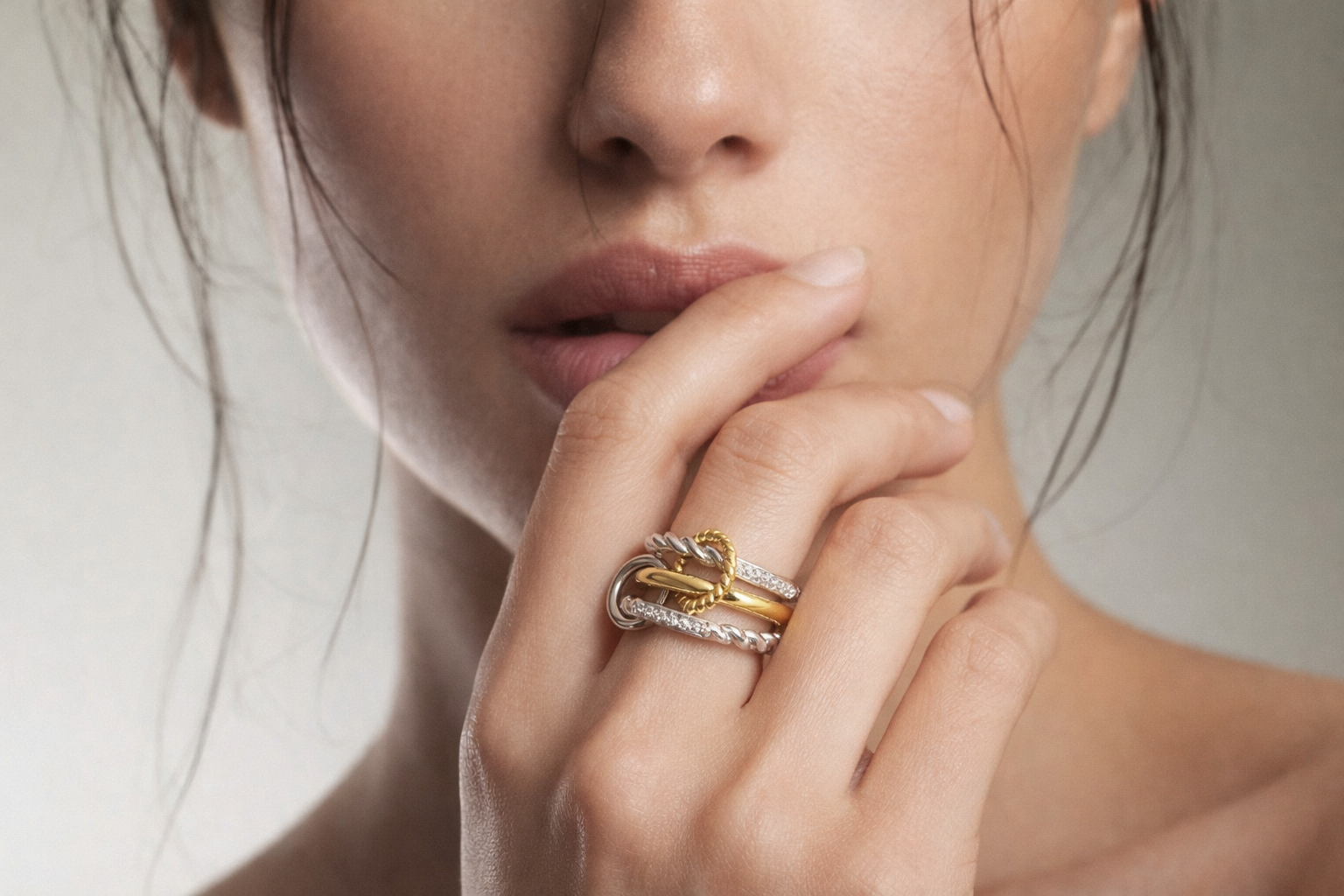Ear piercings are a timeless form of self-expression, but the method you choose—gun or needle—can significantly impact safety, pain, and healing. This guide dives into the debate, addressing common concerns like cartilage damage, infection risks, and regional practices (US, UK, CA, AU, etc.).
Piercing Gun vs Needle: Key Differences
1. How They Work
- Piercing Gun:
* Uses spring-loaded force to push blunt-ended studs through tissue.
* Common for mall kiosks and jewelry stores (e.g., "mini piercing gun" for lobes).
* Limitation: Not designed for cartilage, tragus, or other delicate areas. - Piercing Gun:
* Uses spring-loaded force to push blunt-ended studs through tissue.
* Common for mall kiosks and jewelry stores (e.g., "mini piercing gun" for lobes).
* Limitation: Not designed for cartilage, tragus, or other delicate areas.
2. Safety and Risks
- Gun Risks:
* Blunt force trauma shatters cartilage (see "gun shattered cartilage ear").
* Higher infection risk due to non-sterile, reusable devices.
* Studs may embed in swollen tissue. - Needle Advantages:
* Sterile, single-use equipment reduces infection risk.
* Clean cuts promote faster healing (ideal for cartilage).
3. Pain Comparison
- Guns: Sudden pressure causes sharp, brief pain.
- Needles: Quick pinch with less tissue damage.
- FAQ: "Does a piercing gun hurt more than a needle?" → Varies by person, but guns often cause more trauma.
4. Healing Times
- Lobes:
* Gun: 6–8 weeks (higher risk of complications).
* Needle: 4–6 weeks. - Cartilage
* Gun: 6–12 months (not recommended; see "ca-piercing gun vs needle damage").
* Needle: 3–6 months with proper care.
Regional Practices (US, UK, CA, AU, etc.)
- US/CA: Many states regulate guns but still permit them in retail settings.
- UK/GB: Professional studios favor needles; guns are less common.
- AU/NZ: Growing preference for needles due to safety campaigns.
- IN/PH: Guns remain popular in malls, despite higher infection rates.
@galleriaarmadoro 💡 Piercing Tip 101: Choosing the right method matters! ✨ In this video, we’re breaking down the differences between the “quick tool” and the precision method for piercings. ❌ Do: Use the precision method for safer piercings that are gentler on your skin. 🚫 Don’t: Opt for tools that can cause trauma and slow down healing. Find out why the precision method (needle) is the best choice for a smooth, damage-free piercing experience! 💎 #PiercingTips #SafePiercings #JewelleryCare #GalleriaArmadoro #PiercingAdvice #PrecisionMethod #piercing ♬ original sound - Alex and Jon
@sterlingforever #greenscreen Piercing gun vs. Needle #foryou #earpiercing #earring #selfcare ♬ Blue Blood - Heinz Kiessling

Piercing Chart: Least to most painful

Piercing healing time chart
Healing Time and Aftercare
General Healing Times
Healing time for ear piercings can vary significantly depending on the type and location of the piercing:
*Lobe Piercings: Typically heal within 4-6 weeks.
*Cartilage Piercings: These can take anywhere from 6 months to 1 year to fully heal.

Ear Piercing Names
FAQs: 10 Common Questions Answered
Aftercare Tips
- Clean with saline solution 2x daily.
- Avoid twisting jewelry.
- Choose hypoallergenic metals (titanium, surgical steel).
WRAPPING UP
While piercing guns are convenient, needles offer a safer, cleaner, and more versatile option—especially for cartilage and delicate areas. Always choose licensed professionals and prioritize aftercare for a smooth healing journey.











